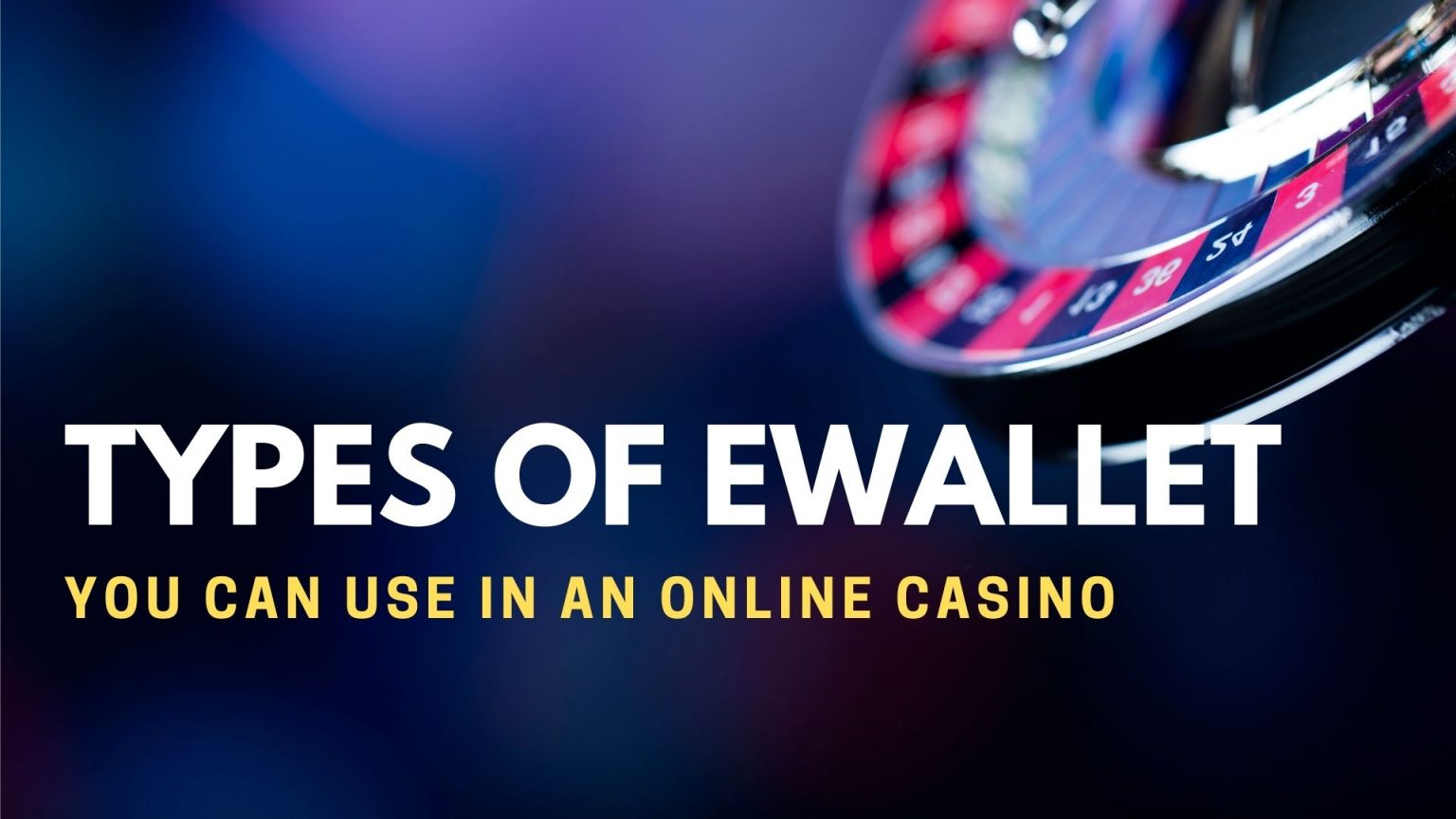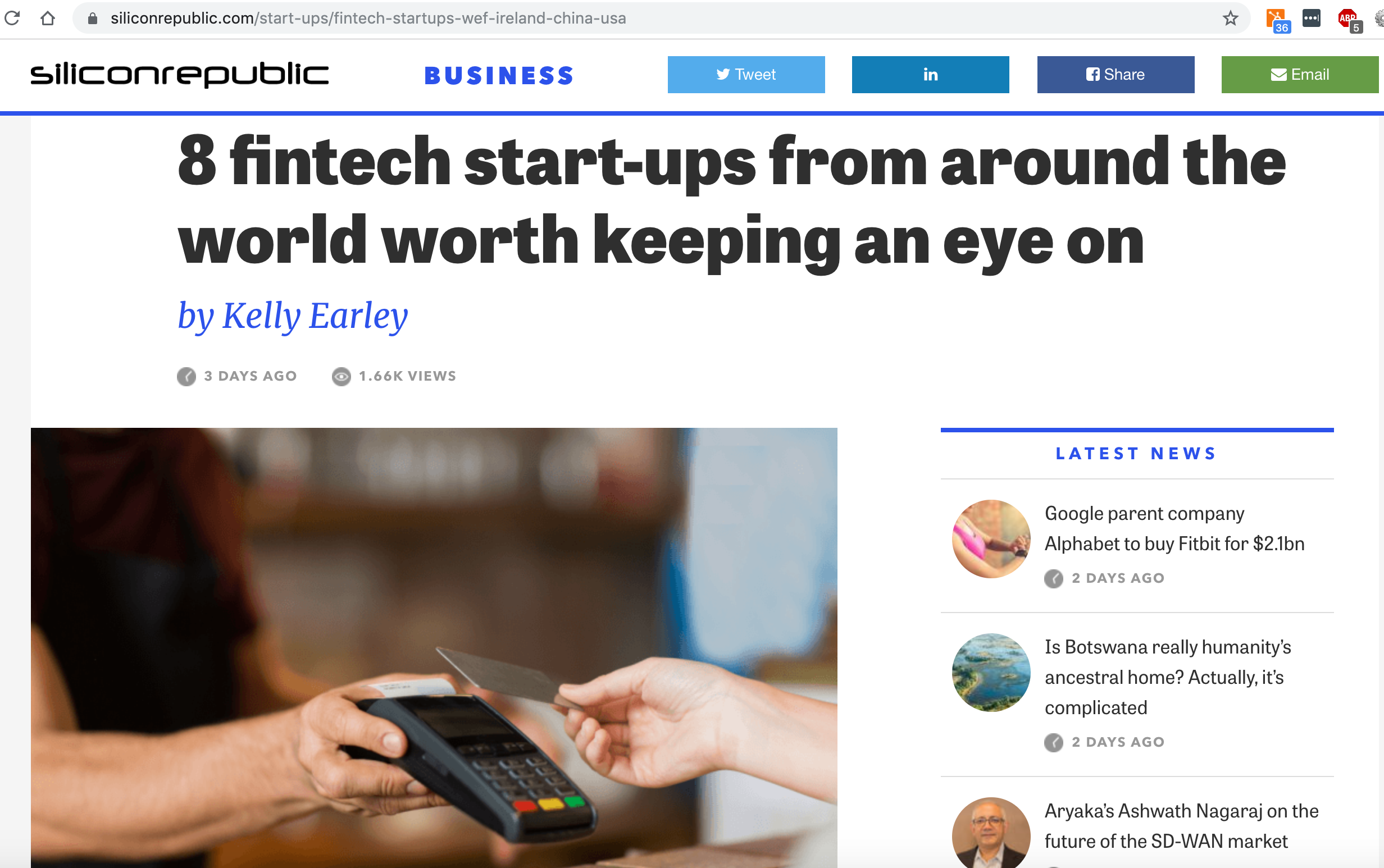

Amazon also closed their Wallet that was launched in mid-2014 (which could only store loyalty and gift cards, and not credit cards).
Ewallet usa android#
Even though the Google Wallet was announced in 2011, they later made the wallet a peer-to-peer payment service, and acquired Softcard in 2015 resulting in the new Apple Pay competitor, Android Pay.ĭuring the 2015-2016 trough era, apart from MCX postponing the rollout of CurrentC indefinitely, Softcard also shut down and sold its assets to Google. Stripe also debuted around the same time, which made online payment processing that much simpler and faster.Ģ0 were predominantly the age of merchant wallets, with businesses like Starbucks, Wendy’s, and Dunkin’ Donuts coming up with their individual wallets.Ģ012 also saw the creation the Merchant Customer Exchange (MCX) consortium of the largest retail companies in the US.They would go on to soft launch the multi-merchant mobile payment system, CurrentC in 2015.Īpple Pay set sail in 2014. They brought about the Near Field Communication (NFC) wallet, where the mobile network operators (MNOs) securely stored the payment credentials. Softcard (ISIS) was launched by the telco trifecta AT&T, Verizon, and T-Mobile in 2010. (PayPal was launched as early as 1998, so we’re skipping it in this timeline). It all started in 2007, where the then-startups like Klarna, Adyen, and Braintree were founded, to enable in-app payments, bring down friction, and enhance customer experience. While open e-wallets support different payment methods and can be accepted by any merchant (eg., PayPal, Apple Pay, etc.), closed e-wallets are meant for a specific payment method and can be used only by specific merchants (eg., Walmart Pay, Starbucks Card, etc.) E-wallets Scene in the USA:
Ewallet usa Offline#
So how did digital wallets/e-wallets land here? And as a business/merchant what to expect in the US, Europe, and Asia?Į-wallets/Digital wallets are the online counterparts of your physical wallets, where you can store credentials - both payment-related (card details, bank account details, etc), as well as non-payment-related (tickets, loyalty cards, etc) - that will enable you to carry out online and/or offline transactions. And they’ve predicted that it would take at least another 2 years for them to hit mainstream adoption. Gartner has pegged Digital Wallets in the pre-trough spot, with a market penetration of 5% – 20% of the target audience and at an adolescent stage of maturity. The final stage for the technology is its mainstream adoption, where its relevance and usefulness bring forth tangible results. In time, the benefits of the said technology begin to shape up, second and third generation products show up, the market reception improves, and the technology climbs up the Slope of Enlightenment. The trough is essentially the toughest phase for a technology to be in, where only a small fraction of the market have adopted the technology (the early adopters), implementations don’t meet the mark, and many makers tumble and fall.


The Gartner’s Hype Cycle graphically shows where a specific technology stands in terms of adoption and maturity and how it will evolve over time.Īnd this is how the Hype Cycle for Digital Commerce, 2017 looks like:įor now, zoom your focus in on the “Trough of Disillusionment” zone, and you’ll find “Digital Wallets” waving at you while sliding into the trough.


 0 kommentar(er)
0 kommentar(er)
